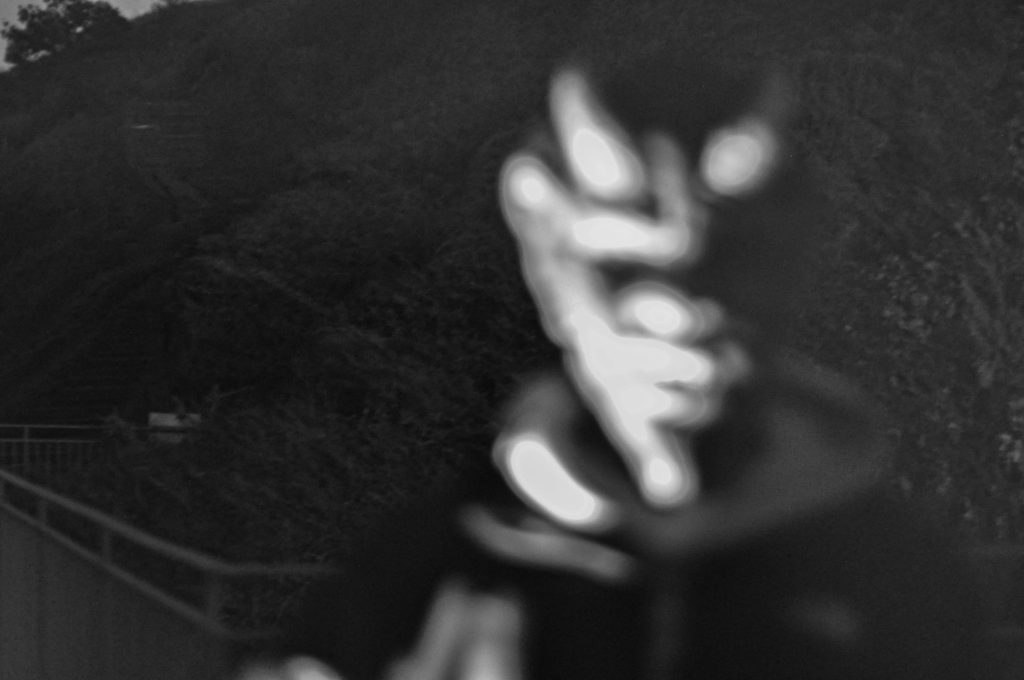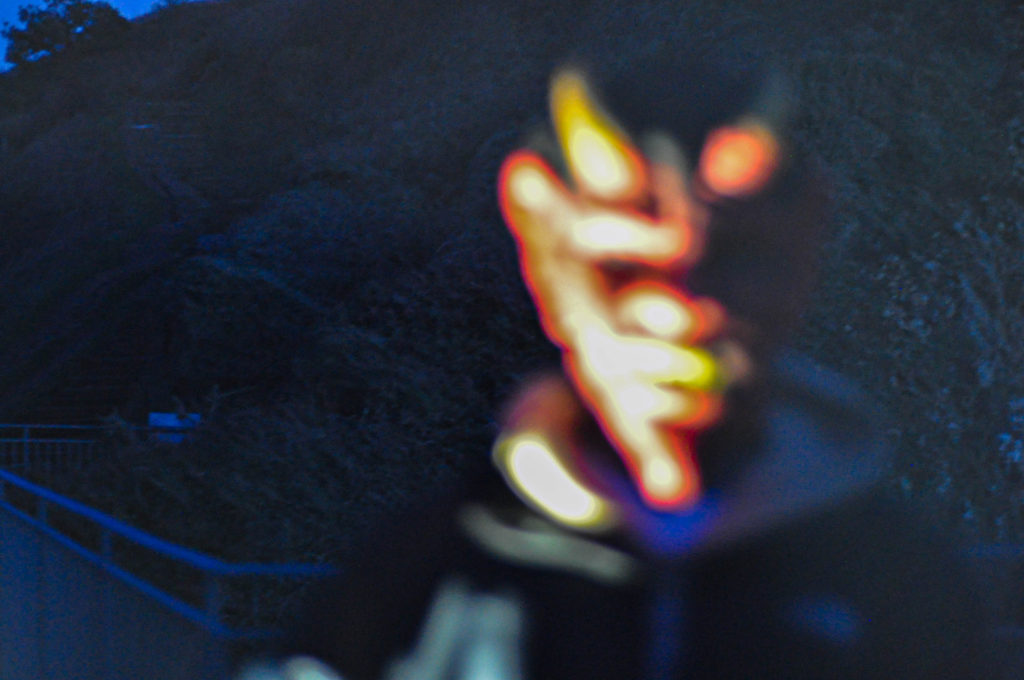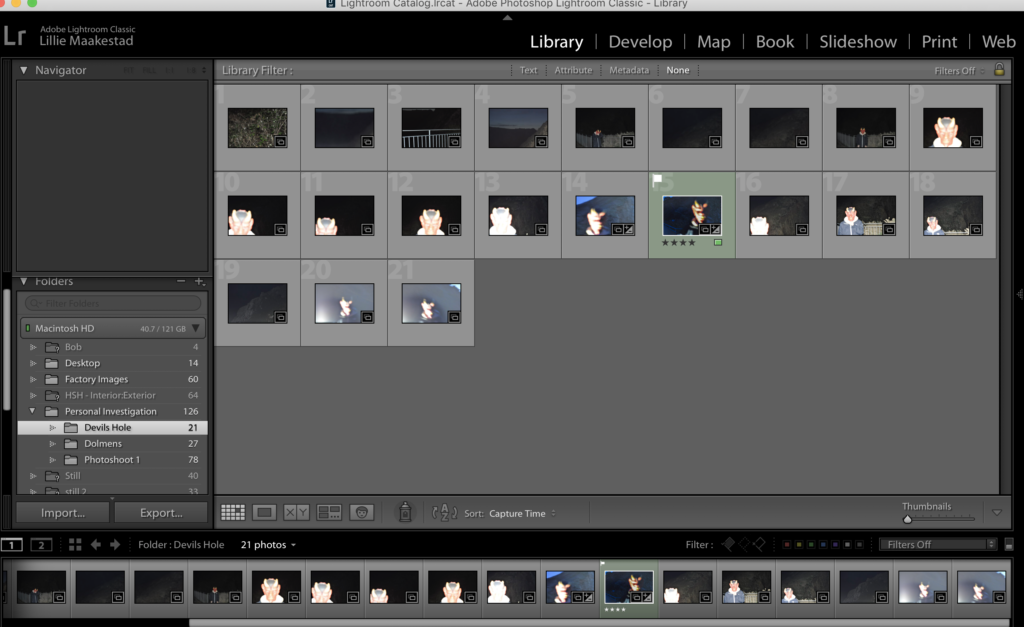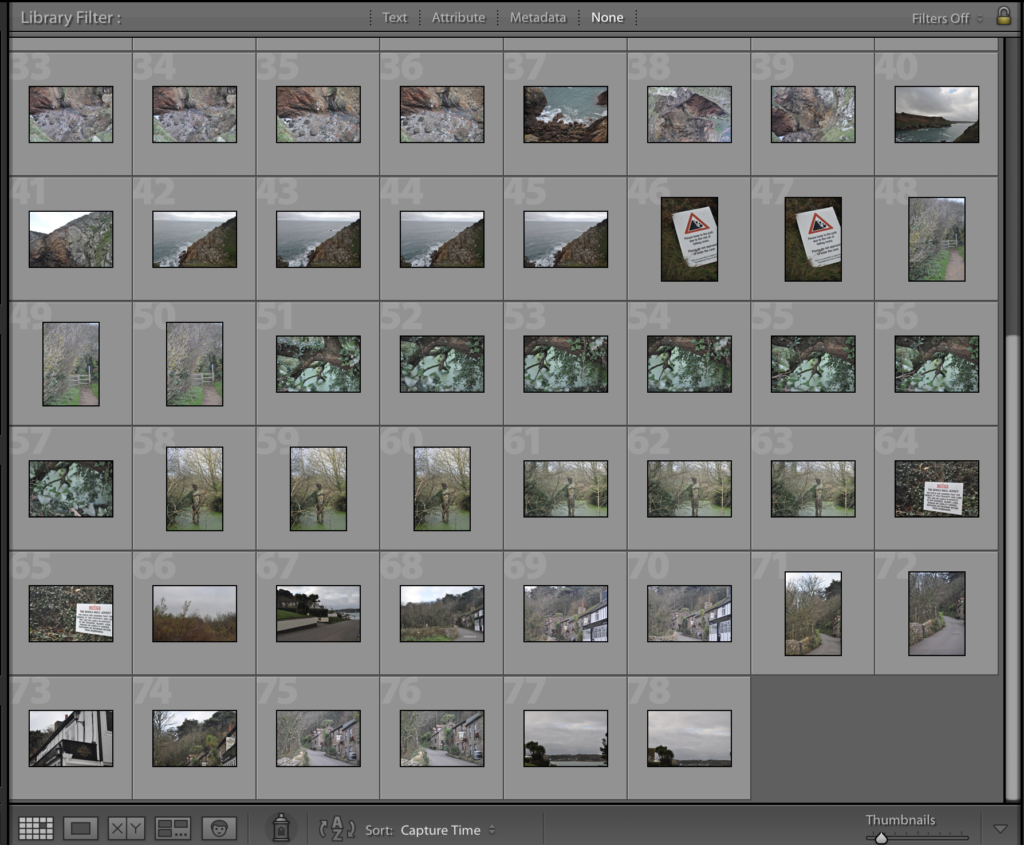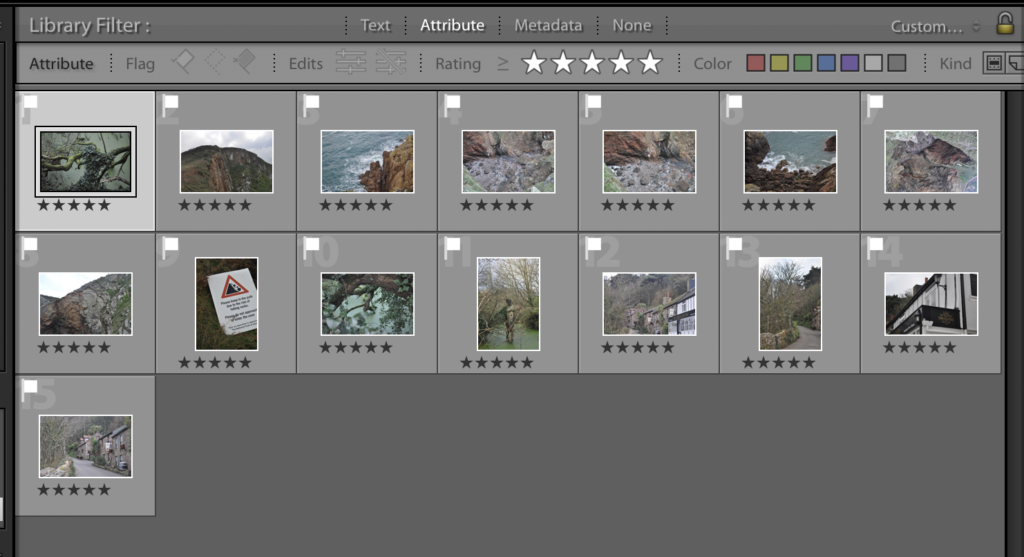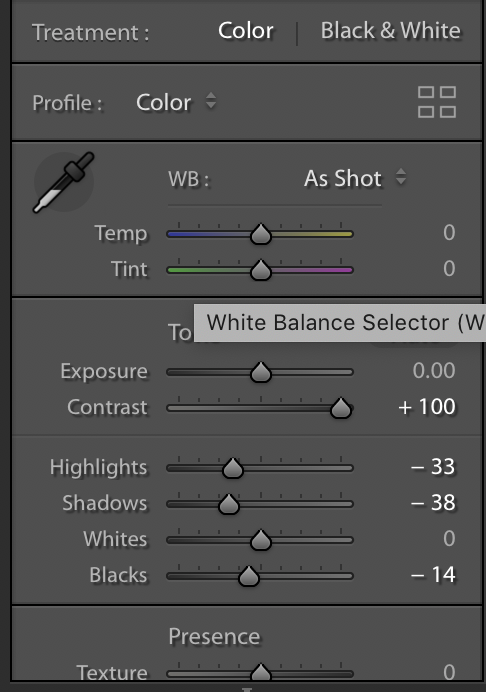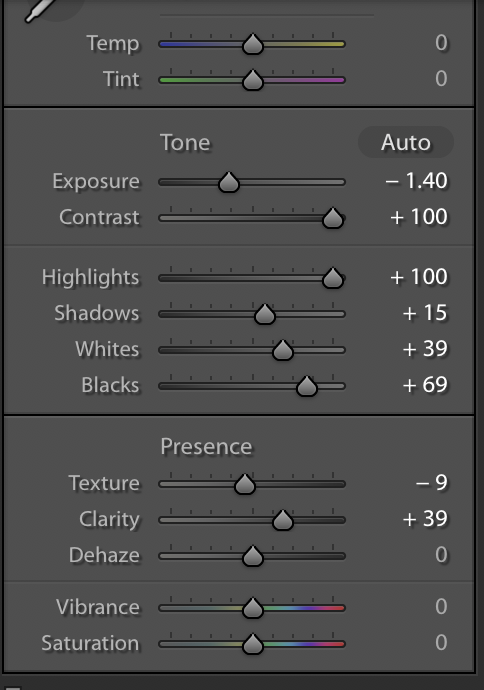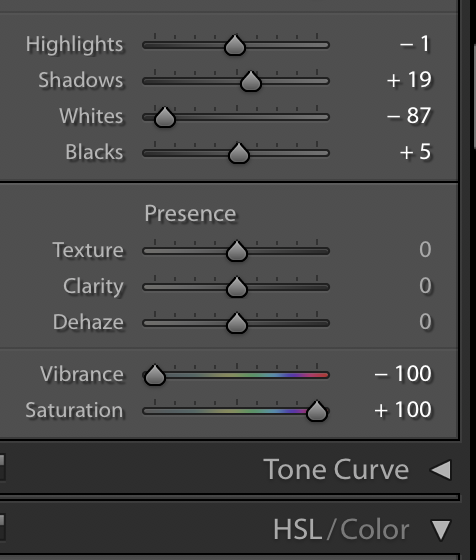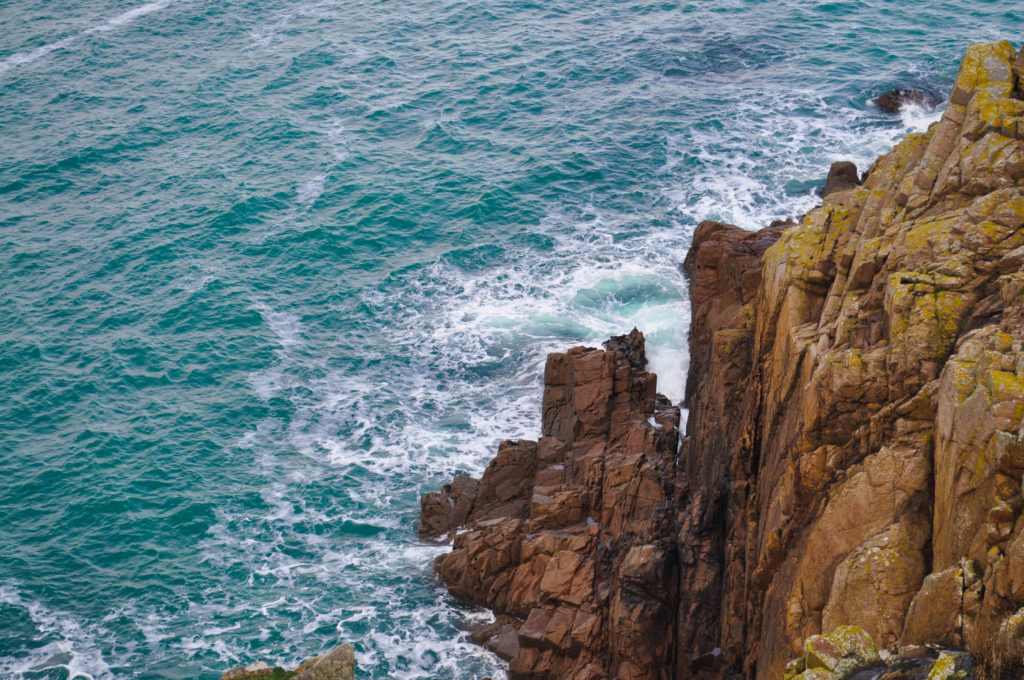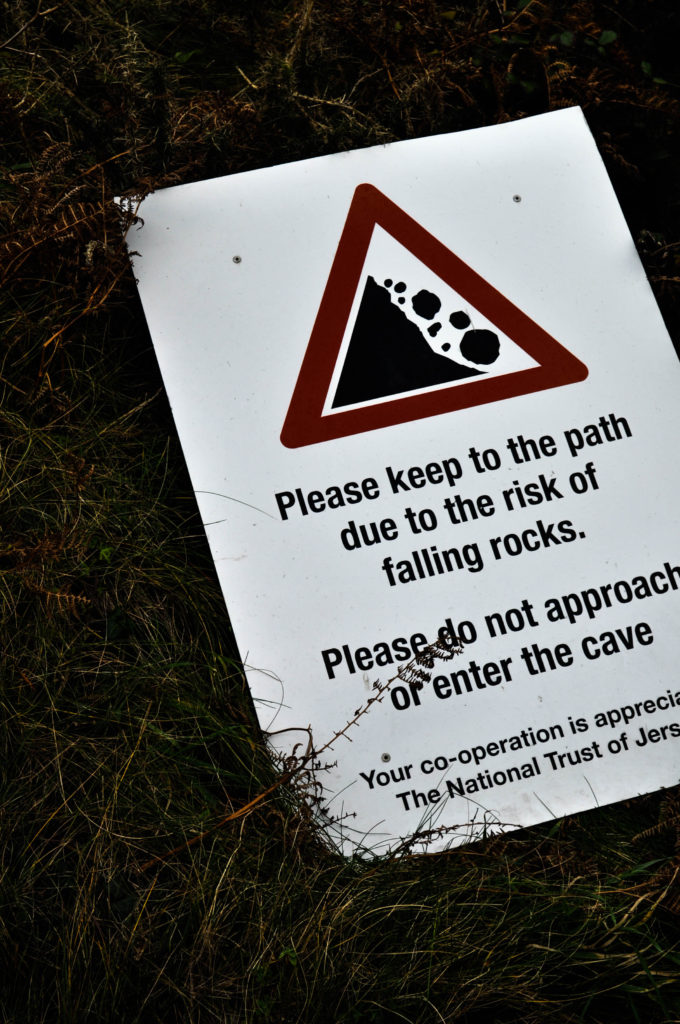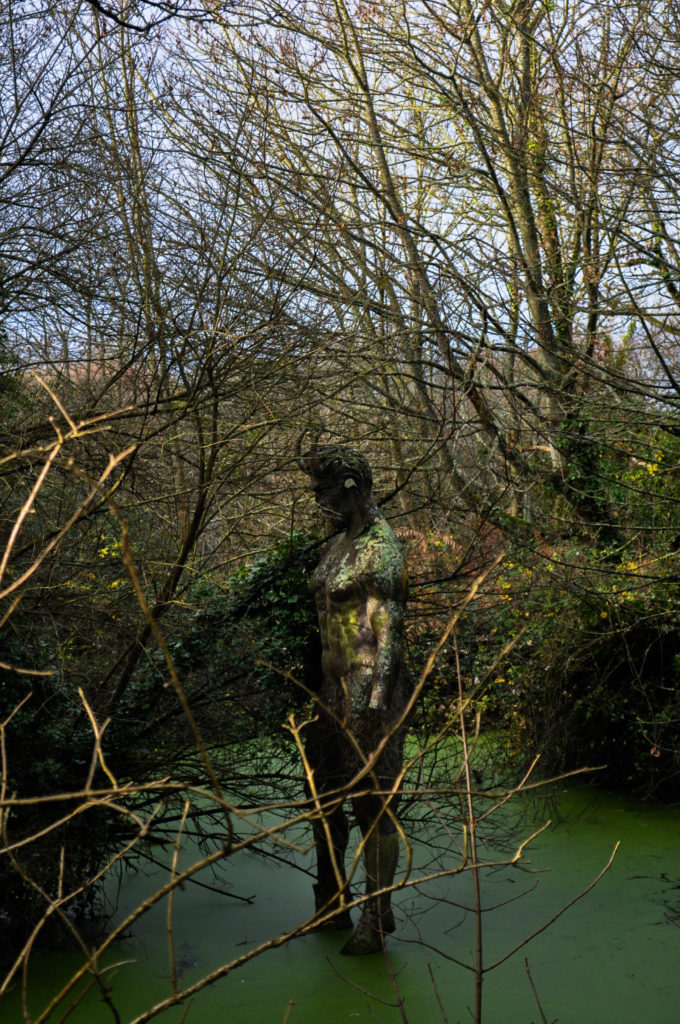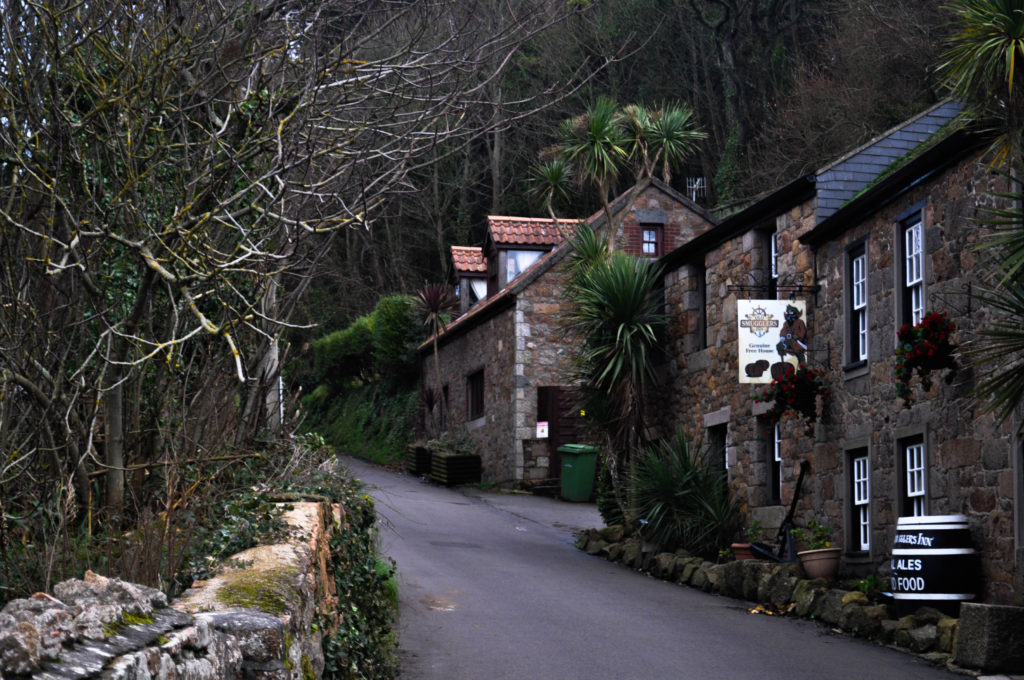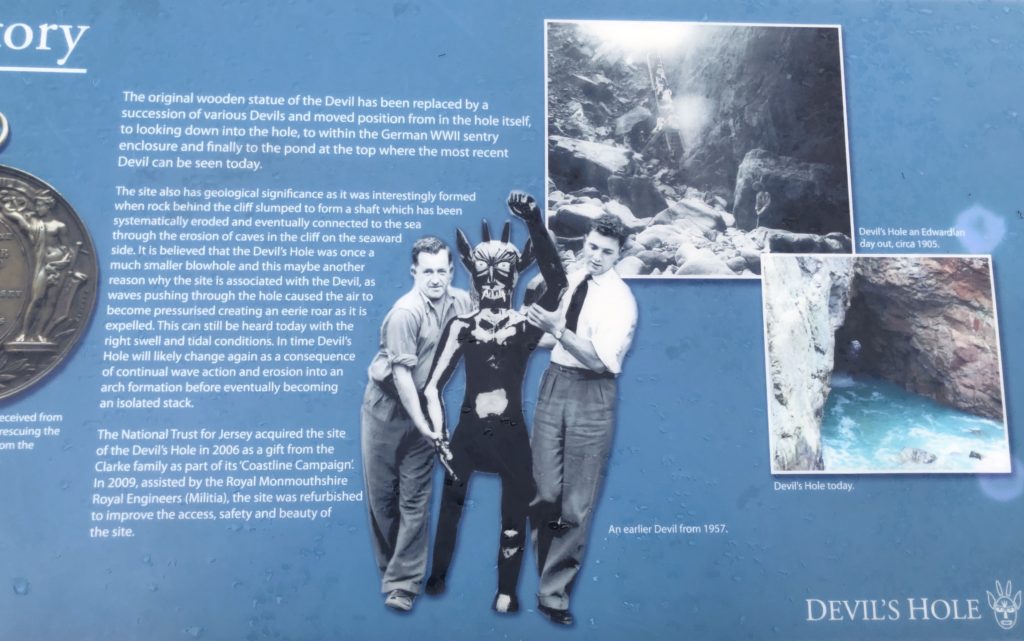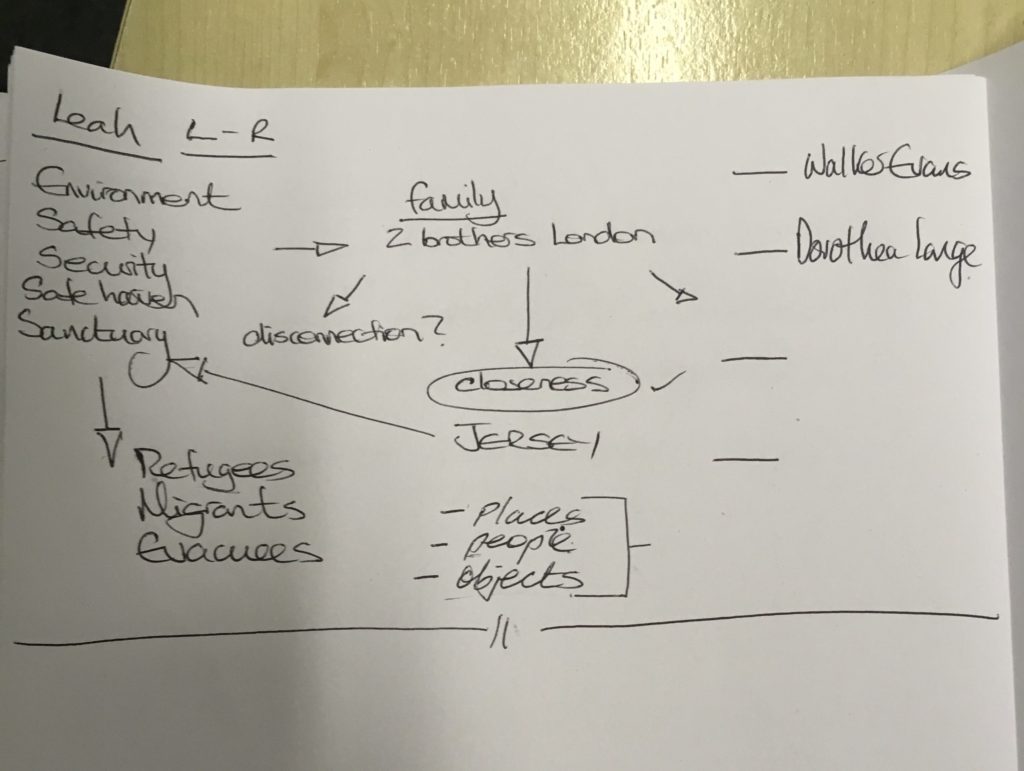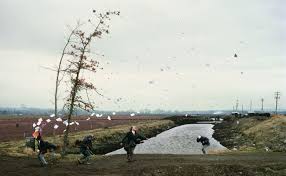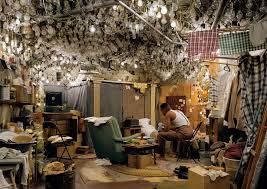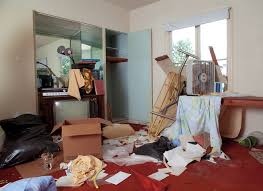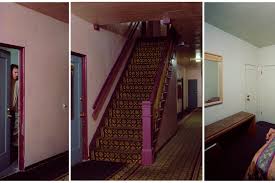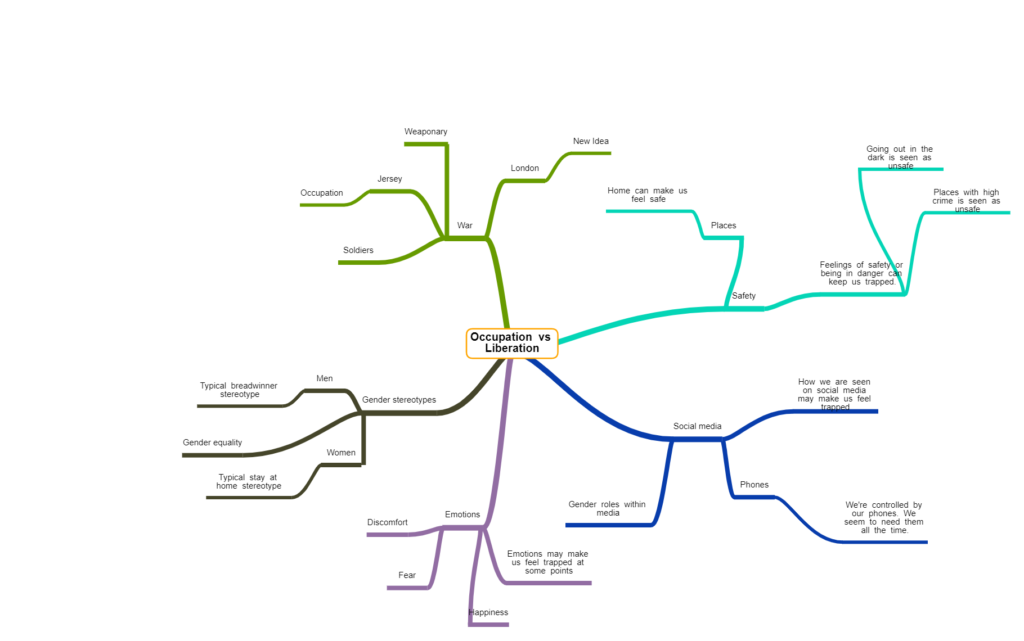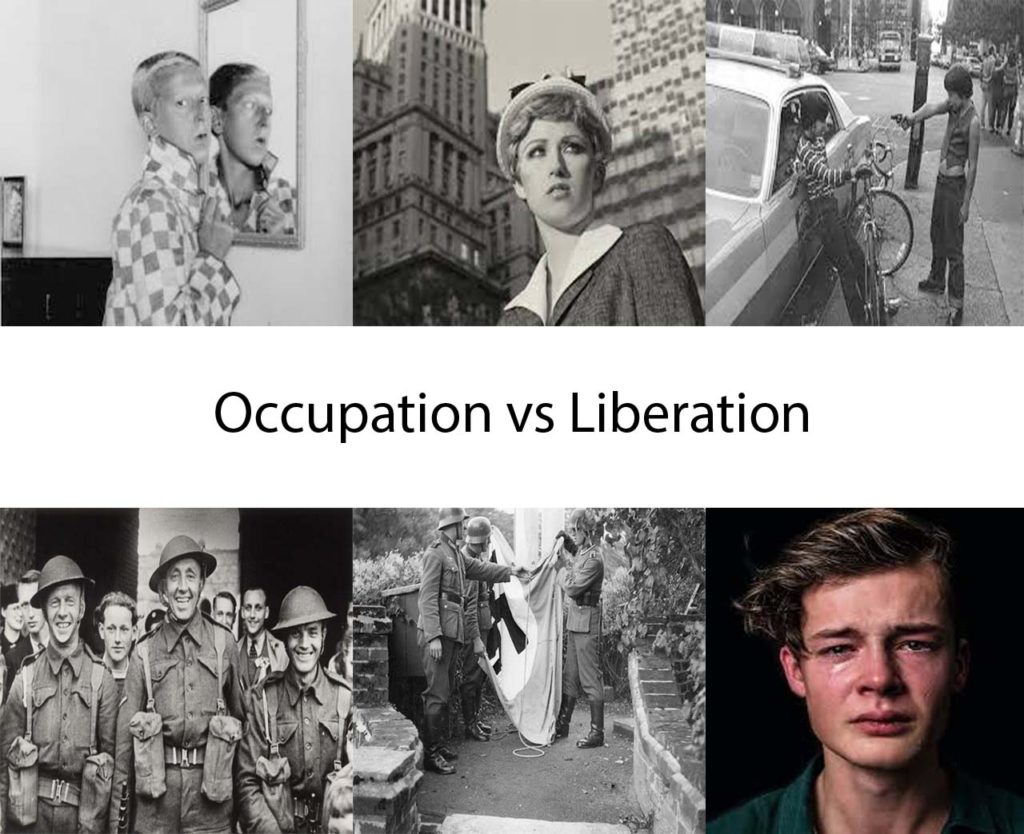To what extent can we trust documentary photography to tell the truth about reality?
“The process of manipulation starts as soon as we frame a person, a landscape, an object, or a scene with our cameras: we choose a portrait or landscape format” (Bright, S. and Van Erp, H. 2019; 18)
The quote above raises a valid point on how artists are constantly manipulating photographs, even when they are not aware, in order to create a captivating images for viewers. This point allows us to consider how photography is a form of secondary data, making our analysis of what seems to be reality within the image unreliable, creating the argument of how documentary photographs do not truthfully depict reality
My personal investigation looks at my grandparent’s lifestyle and how it has been influenced by the time period they grew up in, the 1940’s. I have explored the influence of religion and spirituality, gender roles within the family structure and social norms during this time period which are still present in their lifestyle to this day. Holding strong connections with my grandparents led me to want to base my project on them, as I know I will be able to easily retrieve useful insight into their lifestyle, enhancing the imagery I produce, on top of forming a piece of work in which my family will cherish. In this essay I aim to discuss the extent to which documentary photography accurately portrays reality, with reference to two documentary style photographers, Sam Harris and Walker Evans. In this essay I will be referring to Walker Evan’s photographic series entitled ‘let us now praise famous men’ and Sam Harris’ photographic series ‘The Middle of Somewhere’. Utilising photographers who captured imagery in two different periods of time, contextual and contemporary comparison, allows me to illustrate whether the reliability has changed overtime or stayed consistent, providing a valid argument.
The art movement of realism and straight photography looks at creating imagery which showcase life how it is, this emerged in the 1840’s. Artists who work within this area look at raising social and cultural issues relevant within society at that time, in order to make the audience aware of this issue in hope something can be done to make a change. This area looks at documentary photography and photojournalism to document the events which are occurring. Artists stick to the original techniques and purpose of photography, the use of photography for science, to create detailed, sharp images showcasing real life. With my topic being based in my grandparent’s lifestyle, I felt that using documentary photography would be the most appropriate to showcase this, as well as the project looking social issues of family structure and gender roles being raised, thus drawing connections with realism.
Bibliography:
Bright, S. and Van Erp, H.(2019), Photography Decoded. London: octopus Publishing House


